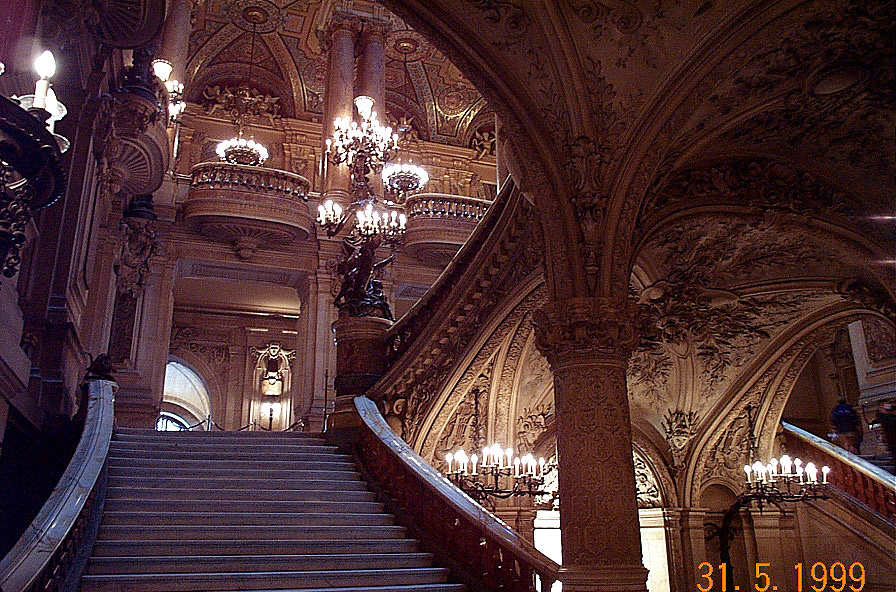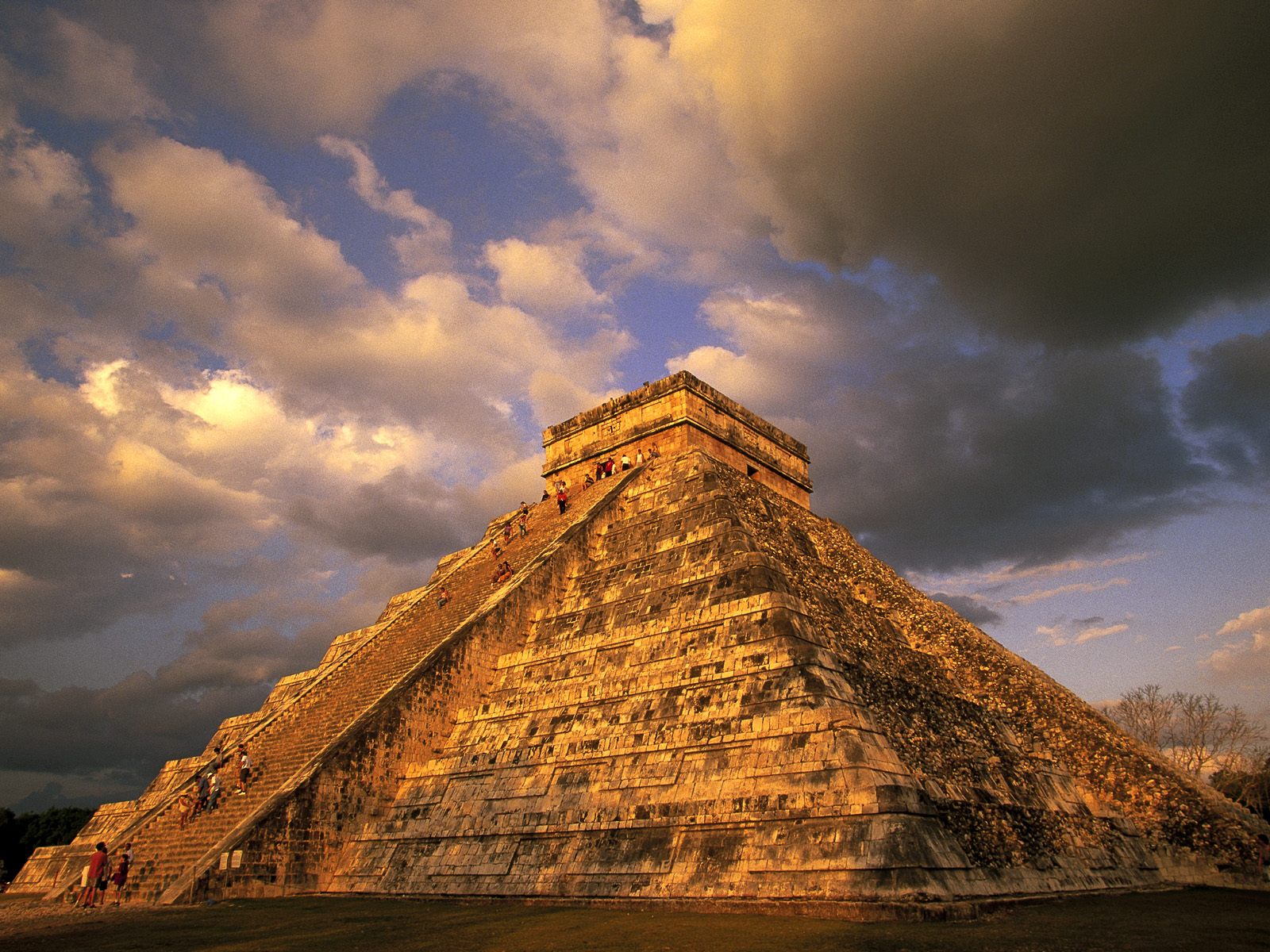Especially keenly priced in this, the second cheapest city in our list of budget destinations is coffee, a decent cup of which you'll find here at €1.29/$1.89 a cup. Situated on the shores of Lago de Managua with views of squat Volcán Momotombo in the distance, Managua may not ooze aesthetic appeal but its buzzing nightlife and top-notch restaurants more than compensate.
Don't miss out on Managua's most intriguing attraction, the 6,000-year-old fossilised muddy footprints of Acahualinca, the oldest such remains in the Americas.
Located a stone's throw from the Russian border, Kharkiv - Kharkov in Russian - has the dubious honour of being the birthplace of Soviet nuclear technology. The second largest city in Ukraine and the country's original capital, Kharkiv has a huge student population of more than 100,000, many of them international scholars, giving the city a lively and multicultural air.
You'll find the cheapest Big Mac Meal (€1.94/$2.84) on this list in Lviv and the cheapest monthly transport ticket (€8.11/$11.86). For a head-spinningly impressive free sight, though, head over to Svobody Square, which locals say is the second largest such space in the world, trumped only by Tiananmen Square in Beijing.
At first glance the capital of Uzbekistan appears to live up to the bleak "City of Stones" literal translation of its name. But dig a little deeper and you'll find there is more to Tashkent, with its interesting Soviet-Muslim mix, than meets the eye. Much of the city was destroyed during an earthquake in 1966 but in its old town with its mud houses, labyrinthine cobbled streets, ancient mosques and packed farmers' markets you can still get a feel for the days when Tashkent formed part of the Great Silk Road.
You can generally exist very cheaply indeed here. As a guide, a dozen eggs cost around €0.09/$0.13, a bottle of Sarbast domestic beer €0.78/$1.15 and a taxi ride €1.68/$2.45.
Namibia has been independent from Germany since the end of World War One, but the latter's influence remains unmistakeable in the capital's architecture, cuisine and population. Located at the heart of the country, Windhoek is the perfect gateway to attractions such as the Spitzkoppe mountains, a towering dome of bald granite, and the city of Swakopmund, which has been described as being more German than Germany courtesy of its abundance of colonial buildings.
You are also exceedingly unlikely to starve here, with a budget restaurant meal costing as little as €0.84/$1.23 and a Namibian beer around €0.90/$1.30 for half a litre.
 Discard your Soviet preconceptions of the Ukrainian capital in the dustbin of history. Striking gothic and baroque buildings in the city's centre, a Unesco World Heritage site, far outnumbering grey apartment blocks, for example, but one positive remnant of the city's former Soviet status is that it is priced for the masses. A beer costs just €1.07/$1.57 in the city's pubs (the cheapest pub price on this list) while a counter meal for two could set you back as little as €9/$13.
Discard your Soviet preconceptions of the Ukrainian capital in the dustbin of history. Striking gothic and baroque buildings in the city's centre, a Unesco World Heritage site, far outnumbering grey apartment blocks, for example, but one positive remnant of the city's former Soviet status is that it is priced for the masses. A beer costs just €1.07/$1.57 in the city's pubs (the cheapest pub price on this list) while a counter meal for two could set you back as little as €9/$13.Keen on a slightly sinister attraction at no cost? Visit, if you dare, the Lychakivske Cemetery, an eastern European version of Père Lachaise, in Paris. There are similarly lush grounds here and extravagant tombstones paying tribute to various late and great Ukrainianians.
Elegant art nouveau architecture, first-class cuisine, hospitable residents, a buzzing nightlife and a cheap cost of living all make Buenos Aires arguably the most attractive South American capital. The country has come a long way back from the brink of its turn-of-the-millennium economic crisis, but there are still plenty of bargains here for the highly cost-conscious traveller - including decidedly cheap public transport (€9.98/$14.58 for a month's ticket), and beer (€0.61/$90 for two pints at the supermarket).
For a bright-hued free day out, head to the portside barrio of La Boca, famous for its multicoloured houses and for the Caminito alley, lined with tango joints.
Once a war-torn city on the edge of total ruin, Sarajevo has reinvented itself in quick time as a favourite destination for savvy travellers. The Bosnian capital is brimful with architecture that celebrates its diverse religious history, with many buildings hailing from its grand Ottoman past.
Most famous of the city's structures is the Latin Bridge, where the Austrian archduke Franz Ferdinand was assassinated, an event that triggered the outbreak of World War One. Thespians are well catered for in Sarajevo with local cinema and theatre tickets costing just €4.95/$7.24 and €10.10/$14.75 respectively for a pair.
With its incessant traffic, heat and claustrophobic public spaces, boisterous New Delhi can be an overwhelming experience for the first time visitor. But don't be put off. Once you've adjusted to the urban Indian pace of life, the city offers a fantastic array of cultural delights - made all the more enjoyable by how far your pound will stretch here.
New Delhi is home to the second cheapest Big Mac Meal in this list, at just €2.23/$3.20, and basic foods such as cheese (€1.53/$2.23 for 500g) and chicken breast (€1.55/$2.27 for 500g) are a steal. One less-visited attraction for architecture buffs is the Bahai faith's dazzlingly whiteLotusTemple, built in 1986, on the outskirts of the city - made even more attractive by the fact that it's free to enter.
The third largest metropolis in the world may have a reputation as a pollution-choked crime den but it also has a much more positive side - it's a city that is vibrantly alive, steeped in history and enjoys some of the pleasantest weather of any capital.
Mexico City is also a great place to bag fashion labels on the cheap (a pair of Levi's 501s cost just €34.50/$50.43) as well as boasting the lowest price for petrol in this list (€0.54/$0.80 per litre) - great news for travellers who'd like to head out in a rental car to attractions outside the city centre such as the bustling Mercado de Xochimilco (a market) with its astounding floral displays.
True, Bucharest lacks the instant charm of other European capitals, most travellers using it only as a stepping stone en route to the enticing Dracula's castle and Transylvania. But scratch beyond the surface of clogged-up streets and gritty communist-era apartment blocks of the Romanian capital and the city will richly reward you. Best value offerings include €1.50/$2.20 for a beer at a local watering hole, and €2.30/$3.30 for 500g of local cheese.
Also, be sure to visit the city's Palace of Parliament (Palatul Parlamentului) while in town. Built in Ceausescu's heyday, it is listed by Guinness World Records as the second largest building in the world by surface area.
Tallinn is one of the best preserved and most charming cities in Europe. Cobbled streets wind through its World Heritage-listed old town (Vanalinn), overlooked by medieval churches, atmospheric merchant's houses and scenic squares. There's no shortage of free sights for travellers on a tight budget - notably the city's medieval walls - but one attraction worthy of your hard-earned cash is the art gallery housed in the exquisite baroque Kadriorg Palace (€4.20/$6).
Tallinn is known for its heady nightlife, and with a decent dinner for two at a local pub costing around just €10/$15, you'll have plenty of cash left to enjoy yourself afterwards. Fancy something more indulgent than pub fare? Try a meal of wild boar at the medieval-themed Olde Hansa.
Visit all those gorgeous but cheap places with us 











